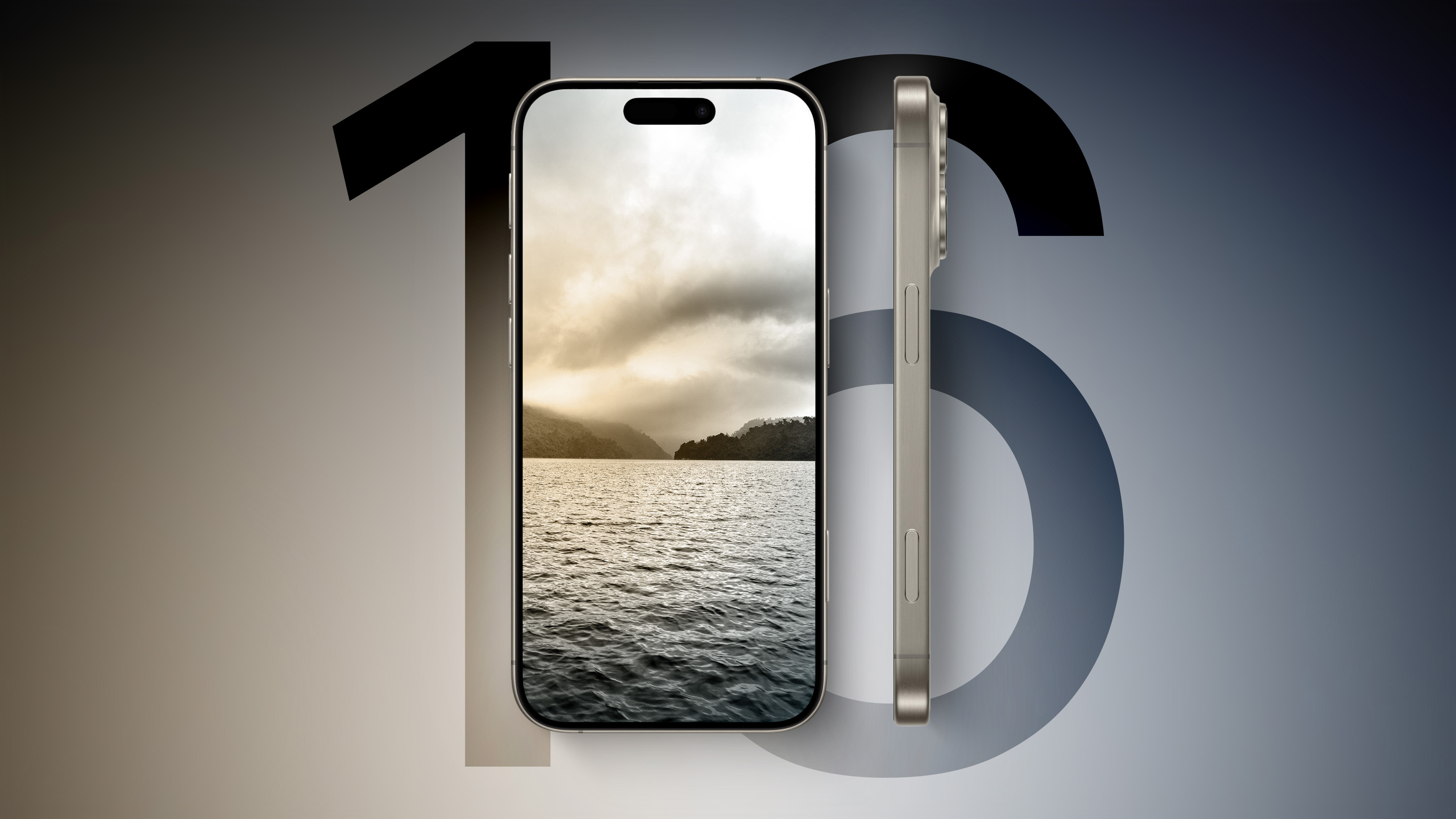The upcoming iPhone 16 models may be equipped with an extra button, according to Weibo leaker Instant Digital, who has shared accurate details on Apple's plans in the past. Instant Digital claims that there is a "great chance" of getting an additional button, with Apple also planning to relocate the mmWave antenna to the left of the device instead of the right to accommodate the change.

The iPhone 16 Pro Action Button will supposedly sit flush with the device, as Apple is expected to transition to solid-state technology for the button rather than the current standard button design.
Though changes are expected to the Action Button, the volume keys and the power keys are said to remain the same with no changes. These buttons are not solid-state at the current time, though Apple's plans could change.
The information shared by Instant Digital echoes details that MacRumors published in late September highlighting the extra button that is expected to come to the iPhone 16. Apple is calling this button the "Capture Button" internally, but it continues to be unclear what exactly it will be used for. The button will be located under the power button on the right side of the device, and it will be a capacitive button rather than a standard button.
We also previously outlined the repositioning of the mmWave antenna to the space under the volume buttons, and the adoption of solid-state technology for the Action Button. Our sources have indicated that the new button is set to be introduced on all iPhone 16 models, including the base iPhone 16 and iPhone 16 Plus models.
This article, "iPhone 16 Could Feature Extra Button, Relocated mmWave Antenna and Haptic Action Button" first appeared on MacRumors.com
Discuss this article in our forums
Source: TechRadar

The iPhone 16 Pro Action Button will supposedly sit flush with the device, as Apple is expected to transition to solid-state technology for the button rather than the current standard button design.
Though changes are expected to the Action Button, the volume keys and the power keys are said to remain the same with no changes. These buttons are not solid-state at the current time, though Apple's plans could change.
The information shared by Instant Digital echoes details that MacRumors published in late September highlighting the extra button that is expected to come to the iPhone 16. Apple is calling this button the "Capture Button" internally, but it continues to be unclear what exactly it will be used for. The button will be located under the power button on the right side of the device, and it will be a capacitive button rather than a standard button.
We also previously outlined the repositioning of the mmWave antenna to the space under the volume buttons, and the adoption of solid-state technology for the Action Button. Our sources have indicated that the new button is set to be introduced on all iPhone 16 models, including the base iPhone 16 and iPhone 16 Plus models.
Related Roundup: iPhone 16
Tag: Setsuna Digital
This article, "iPhone 16 Could Feature Extra Button, Relocated mmWave Antenna and Haptic Action Button" first appeared on MacRumors.com
Discuss this article in our forums
Source: TechRadar